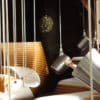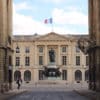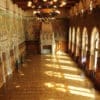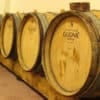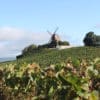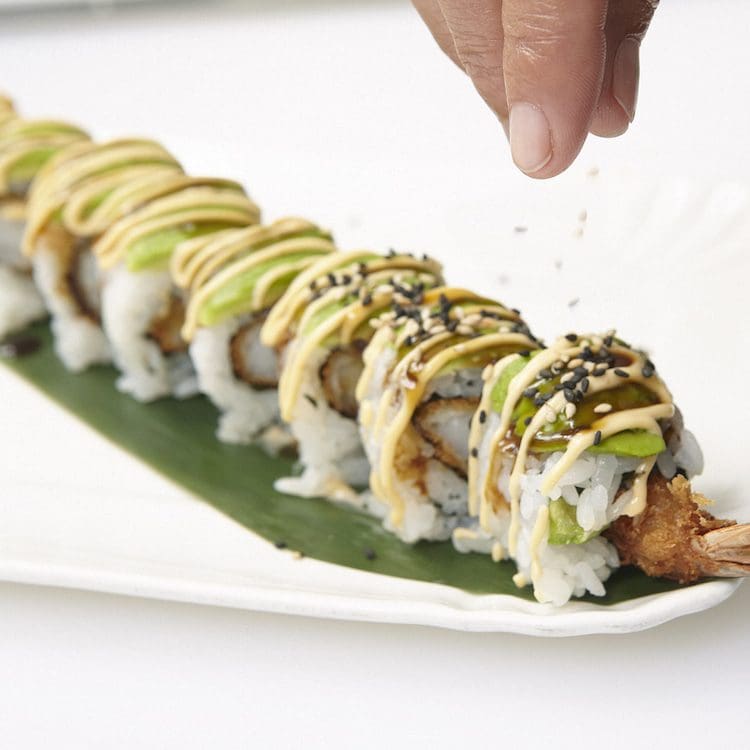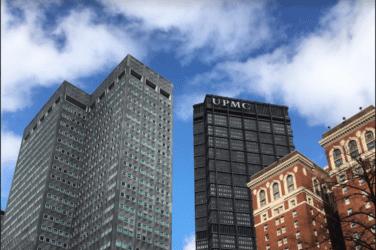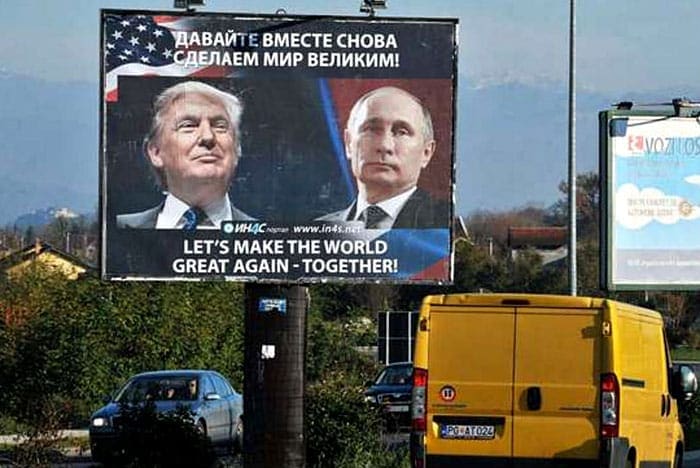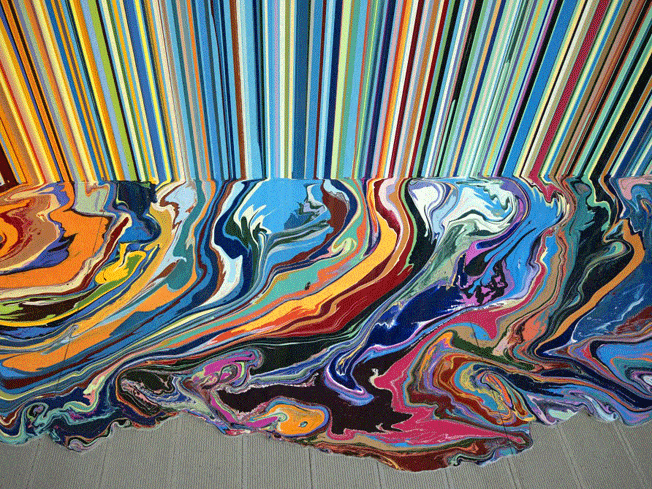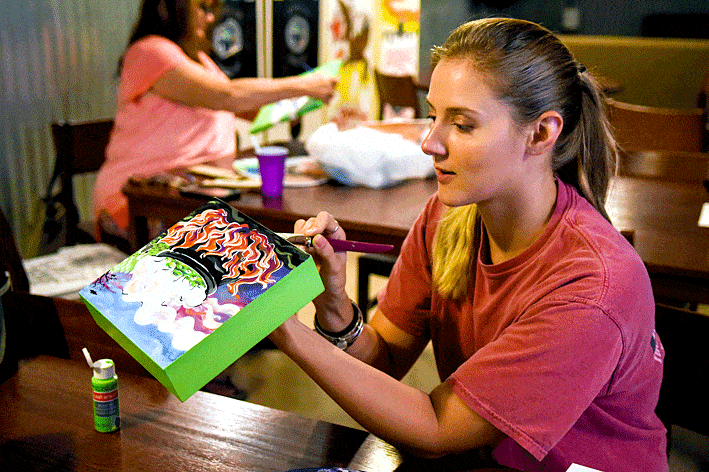Words: Lawrence Hunt
Anyone who did their time grimacing over French verb tables owes it to themselves to take someone nice to France.
Yet Paris won’t win you many points for originality. So where else can you get to in a weekend that offers the full, gourmet French experience we all want – without actually resorting to the world’s greatest cliché?
I set sail with Danish ferry company DFDS one blue, chilly Thursday to discover one alternative: the North-Eastern region of Champagne. A place whose name is already synonymous with suave sophistication, sure, but I’m promised more. I’m promised landscapes filled with vineyards, forests and rivers – with the dramatic echoes of European history all around me.
And believe me: if you’re ever on a mission to impress – to propose, maybe even – you will indeed be glad to have this in your back pocket.
Having seen Dunkirk only the week before, staring boldly out from the windy deck of my DFDS ferry feels a far more exciting way to cross the channel than hurtling through a tunnel. Happily, the ship’s quiet and secluded ‘Lighthouse Café’, with coffee and breakfast buffet, is several upgrades above a sinking troop vessel.
Once landed, I drive two and a half hours to Reims, Champagne’s gateway city (the TGV is also an option, getting you there in 45 minutes from Paris), and met my guide from the Tourist Office, Beatrice. We begin to wander through an ancient student town where the layers of history are literally visible – from various exposed Roman ruins, you can see that the entire city was once 6 metres lower down.
It starts to pour, so we take shelter in Reims Cathedral. It’s a towering Gothic site where the first King of France, Louis the Pious, and many more besides have been crowned over the centuries. More interesting still is the recent addition of some strikingly modern stained glass windows gifted by the German Foreign Office to commemorate 100 years since the First World War left the entire building in ruins.
When the rain subsides we head over for my first tour of a champagne house, the family-owned Taittinger. The road takes me past Bollinger, Mumm, Möet, Veuve Clicquot, the list of household names going on and on. Each headquarters in its own palatial style could easily work as a Bond villain lair, especially the cavernous wine cellars built into the limestone underneath each.
Taittinger’s cellars occupy some of the oldest caves, built upon a medieval Benedictine Abbey that once housed a coterie of wine-making, probably rather tipsy monks. The whole tour is, as you would expect, a polished piece of luxury branding – from the posters of glamorous family figurehead Vitalie Taittinger, to the showcase of bottles designed by famous artists.
Yet I also learn a great deal from my chatty rep Jean-Pierre, who takes me down into the cellars to show off the vast stores of product being nurtured into life. They include some enormous fifteen-litre specimens. ;Big enough for two men… when one of them doesn’t drink!’ J.P. comments, adding: ‘an Englishman told me that joke.’
The ageing process seems to have charmingly resisted modernisation. Even today it’s the job of the riddlers each morning to twist bottles an eighth of a turn to advance the sediment towards the neck. We emerge into the tasting room and feel only slightly guilty as so many years of hard work are guzzled away in moments.
I dine out that night at Excelsior, a classic brasserie in central Reims where the oysters are stunningly presented and the wine exquisitely characterful. It’s the sort of place you can easily imagine the local legendary poet, Arthur Rimbaud, dining out.
I begin the following morning pleasantly chatting to some friendly American veterans over breakfast. Then I drive out across a rather postcard-worthy landscape towards a forest where, nestled just behind the treeline, is a unique place indeed to enjoy a glass of champagne (albeit at 10am). Perchingbar is a treehouse champagne bar, the recently-finished 9-year passion project of one entrepreneur, Olivier Couteau. It includes a Go Ape-style rope course, so you’ll soon be able to swing through the trees and and then enjoy a glass of bubbly thirty feet above the ground for about fifty euros each.
What could possibly follow this extravagance except more champagne? I head to Champagne Godmé, a smaller-scale operation, where I’m greeted warmly at the door by the owners themselves. Sabine Godmé is the granddaughter of the founders. Her husband Hugues gives me the general tour of the cellars, followed by a tasting of their three main champagnes. Sabine cooks us a delicious 3 course meal – quite the display of French hospitality. I leave laden with bottles of their exceptional Blanc de Noirs, a variety made with Pinot Noir grapes. At twenty euros it’s a steal, but being able to uncork one and say you had lunch with the people who made it is extra special.
For my final stint it’s off to Arras, the capital of the Pas-de-Calais region and a famous flashpoint between Allied and German forces during both world wars. It was the only town to occupy a front-line position for the entire duration of the Great War, and numerous memorials dot the landscape. On my way towards Arras I stop by one such memorial, the Notre Dame de Lorette, which has the recent addition of a granite ring inscribed with 600,000 fallen soldiers’ names.
I also head to the caves at Wellington Quarry, on the site of a huge network of tunnels built by sappers from New Zealand as the British prepared for a surprise attack on German lines. Kitted out with a tommy hat and audio guide, I descend into an eery passage where projections on the walls tell the story of the soldiers who lived here without sunshine for weeks on end.
French craft beer might be a little ways behind the UK in terms of scale and popularity, but the Page 24 brewery has been going for 14 years, and they’re well worth a quick tasting sash if you fancy venturing beyond sparkling wine. They boast some very interesting flavours I’ve never tried anywhere else, such as a rhubarb IPA and a rather heavy 12% malt wine.
When I arrive at my hotel it’s getting dark and my local guide Pascal immediately has another treat in store: he gets us into the Town Belfry after closing hours for a view of the whole town. Town houses and gothic spires stretch quietly into the night, and an accordion’s playing in the distance. Just when it couldn’t seem more tear-jerkingly perfect, Pascal comes back with a large grin and another bottle of champagne. I almost propose to him on the spot.
In the morning, it’s nearly time to ferry back – but the sound of the town hall bells to signal the open marché is like an irresistible call to prayer. After buying up large stockpiles of the city’s comté and saucisses, I wander through Au Bleu D’Arras, a porcelain shop where artisans practise a specialist technique that dates back to the 18th Century.
I enjoy the final hour of my stay with steak at a restaurant built into yet another underground cave, where I’m reminded of a particular phrase the French for something that goes down smoothly, like a good wine or cheese: << C’est le petit Jésus en culotte de velours >>, which translates to ‘it’s baby Jesus in velvet shorts’.
Let’s linger on that image for a second: slurping down the Messiah’s nascent form, nude but for the velvet touch of some fine Parisian tailoring. In the mother tongue of pretentiousness, even this sounds delightful. And so it seems with Champagne – even the smallest details on this weekend pile on to the region’s charm, proving that Paris need not be your go-to romantic suggestion. Drive through by the vineyards of champagne and you’ll see what I mean.
Book your next trip to France with DFDS ferries here


